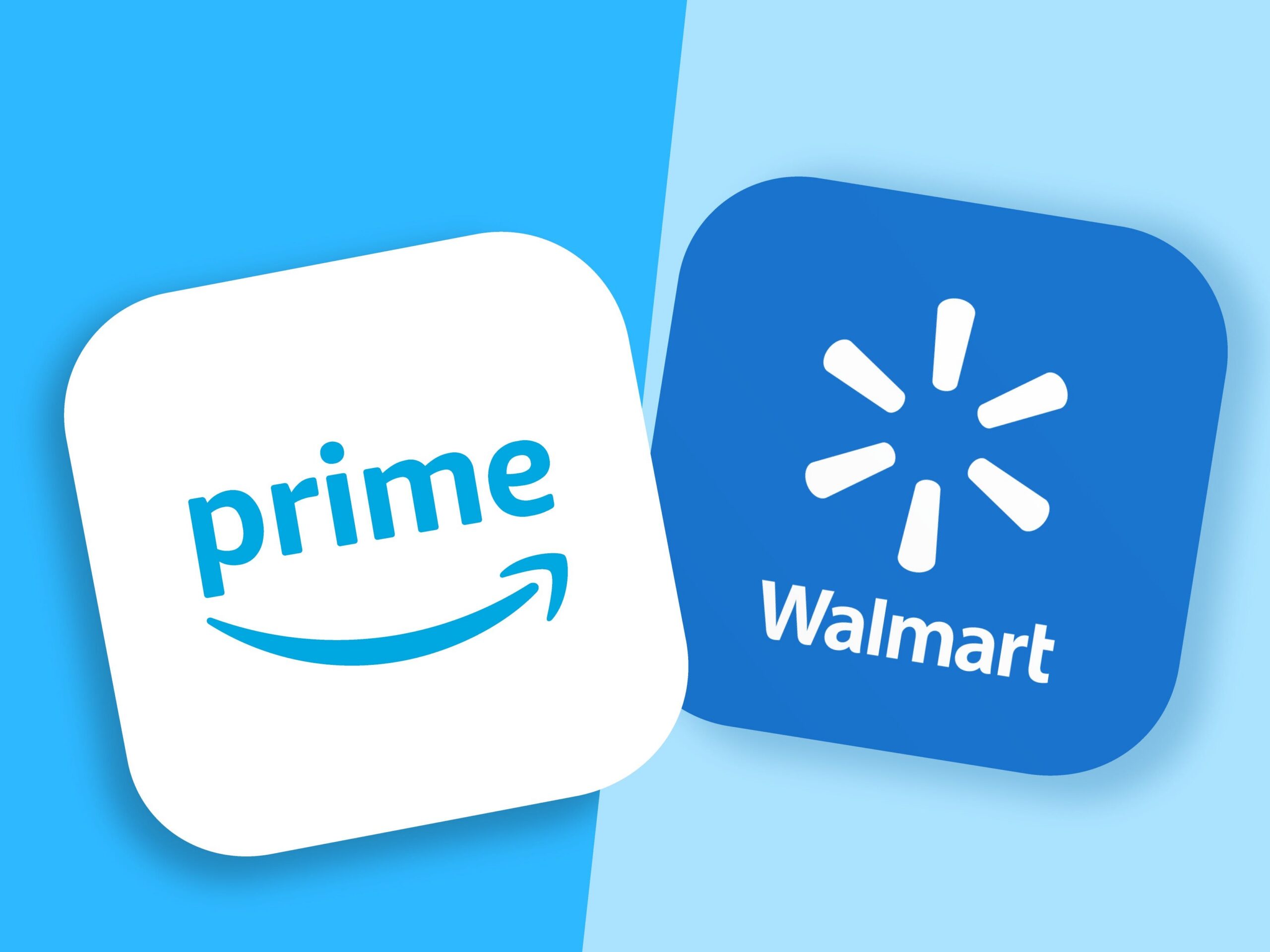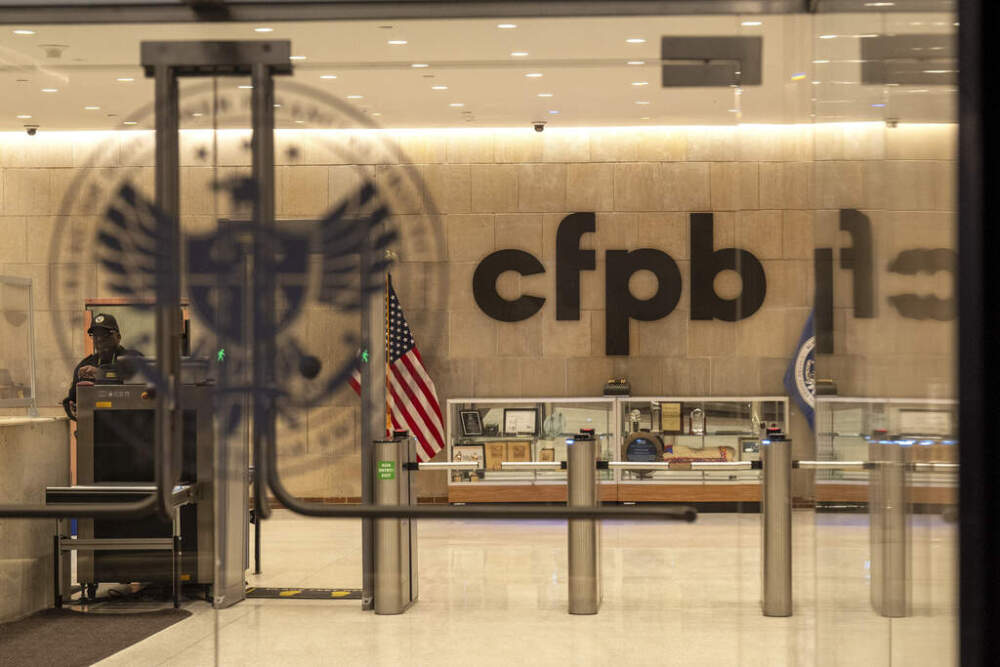As Amazon Prime Day gears up for its highly anticipated return from July 8 to 11, consumers are once again faced with a crucial decision in the ever-evolving e-commerce landscape: which retail subscription service truly offers superior value? The perennial showdown between Amazon Prime and Walmart Plus intensifies during major sales events, prompting a timely and in-depth shopping comparison to determine which membership aligns best with individual consumer needs and maximizes savings.
Amazon Prime, a dominant force in the digital marketplace, continues to entice subscribers with its robust suite of benefits, particularly its expedited shipping options which become paramount during peak periods like Prime Day. Beyond rapid delivery, the service boasts an extensive digital content library, including Prime Video, Amazon Music, and exclusive access to a myriad of deals across its vast retail ecosystem. This comprehensive offering targets consumers heavily invested in online shopping and digital entertainment, providing a seamless blend of convenience and content consumption that has long defined its appeal in the e-commerce arena.
Conversely, Walmart Plus carves out its niche by leveraging Walmart’s expansive physical footprint and focusing on an integrated shopping experience that bridges online and in-store convenience. Key advantages include free grocery delivery from local stores, significant fuel discounts, and the efficiency of mobile scan & go for streamlined in-store purchases. This service directly appeals to shoppers who frequent Walmart’s physical locations, offering tangible benefits that enhance daily errands and provide a distinct value proposition that differentiates it from Amazon Prime’s primarily digital-centric model.
When considering cost-effectiveness, both Amazon Prime and Walmart Plus present annual and monthly pricing structures, yet their ultimate value is deeply intertwined with a subscriber’s shopping habits and priorities. While Prime’s extensive digital perks and global reach might justify its cost for frequent online shoppers and media consumers, Walmart Plus often proves more economical for those who prioritize free grocery delivery and in-store savings, particularly in areas with convenient Walmart access. This direct shopping comparison underscores that the “better” service is subjective, hinging on individual lifestyle and purchasing patterns.
The strategic timing of Amazon Prime Day highlights the competitive nature of these retail giants, with Walmart often rolling out its own compelling deals to counter Prime’s sales blitz. Exclusive access to these time-sensitive promotions becomes a significant draw for potential subscribers, influencing decisions based on which platform offers the most attractive discounts on desired products. This dynamic interplay of competing sales events—whether it’s Amazon’s global E-commerce spectacle or Walmart’s targeted promotions—provides consumers with ample opportunities to save, making a well-timed subscription even more appealing.
Beyond the core benefits, both services offer additional perks, such as free returns and dedicated customer support, further sweetening their respective deals. Ultimately, the decision between Amazon Prime and Walmart Plus boils down to a meticulous evaluation of personal shopping preferences, budget constraints, and the specific benefits that resonate most. Whether one values unparalleled shipping speed and a vast digital library, or prefers the convenience of free local grocery delivery and in-store savings, understanding the nuances of each membership is key to making an informed choice in today’s fiercely competitive e-commerce landscape.
Discover more from The Time News
Subscribe to get the latest posts sent to your email.





